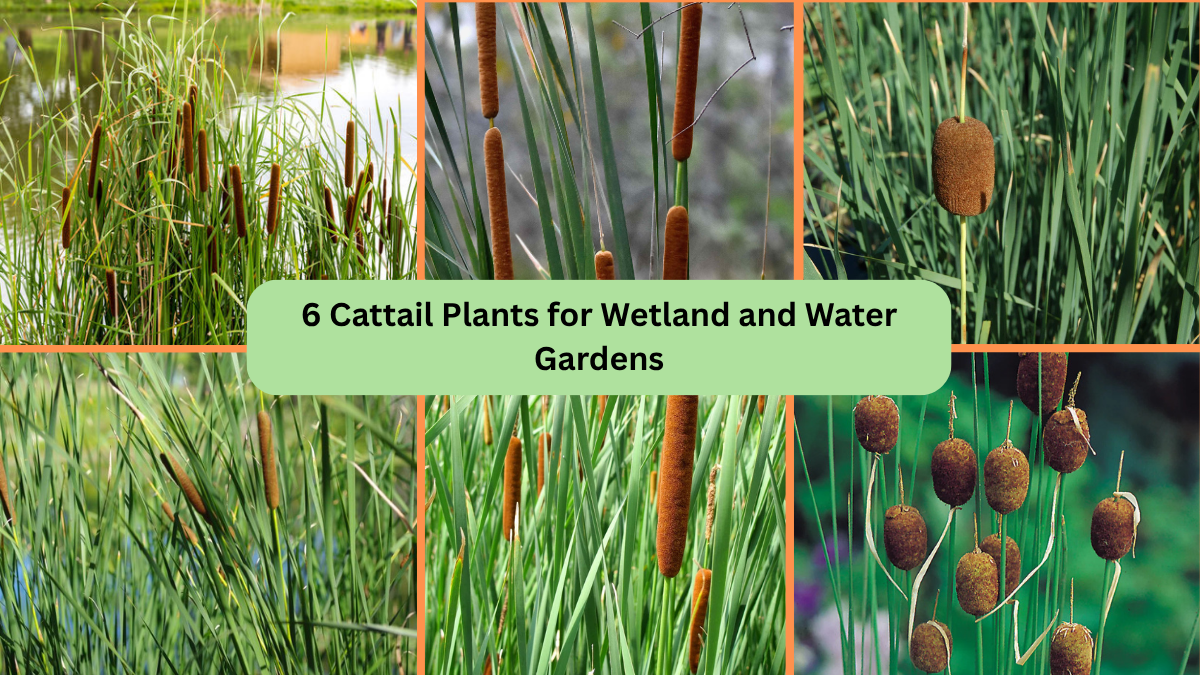When it comes to creating a serene, natural, and functional water garden, cattail plants (Typha) are a must-have. These graceful aquatic plants are famous for their tall, slender stalks and unique, cigar-shaped brown flower spikes. Beyond their beauty, cattails play a vital ecological role — filtering water, preventing erosion, and providing habitat for wildlife. Whether you have a backyard pond, a marshy area, or a decorative water feature, here are six remarkable cattail plants that will elevate your wetland-inspired garden.

1. Common Cattail (Typha latifolia)
The Common Cattail is perhaps the best-known species, easily recognized by its robust green leaves and thick brown flower spikes. Native to North America and many parts of Europe, this plant thrives in wetlands, ponds, and marshy edges. It can grow up to 9 feet tall, creating a dramatic vertical element in water gardens. Its dense stands offer shelter for birds, frogs, and beneficial insects. Common Cattail is also known for its historical uses — indigenous peoples used its leaves for weaving and its roots for food.
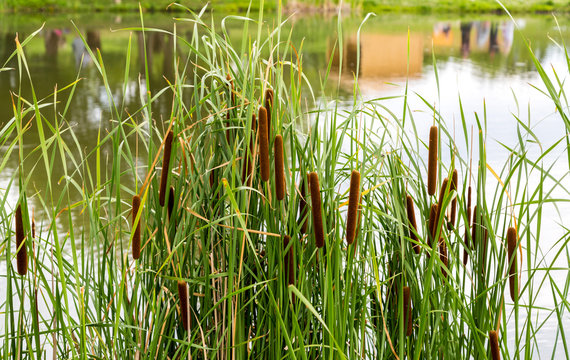
2. Narrowleaf Cattail (Typha angustifolia)
If you have a smaller space or prefer a more delicate look, Narrowleaf Cattail is an excellent choice. As its name suggests, this species features slender, blade-like leaves and thinner flower spikes. It grows up to 6-7 feet tall and tolerates both freshwater and slightly brackish conditions. Narrowleaf Cattails spread quickly, making them ideal for natural filtration and erosion control along pond edges and wetland margins. Their elegant appearance and ability to attract wildlife make them a favorite among water gardeners and landscapers alike.
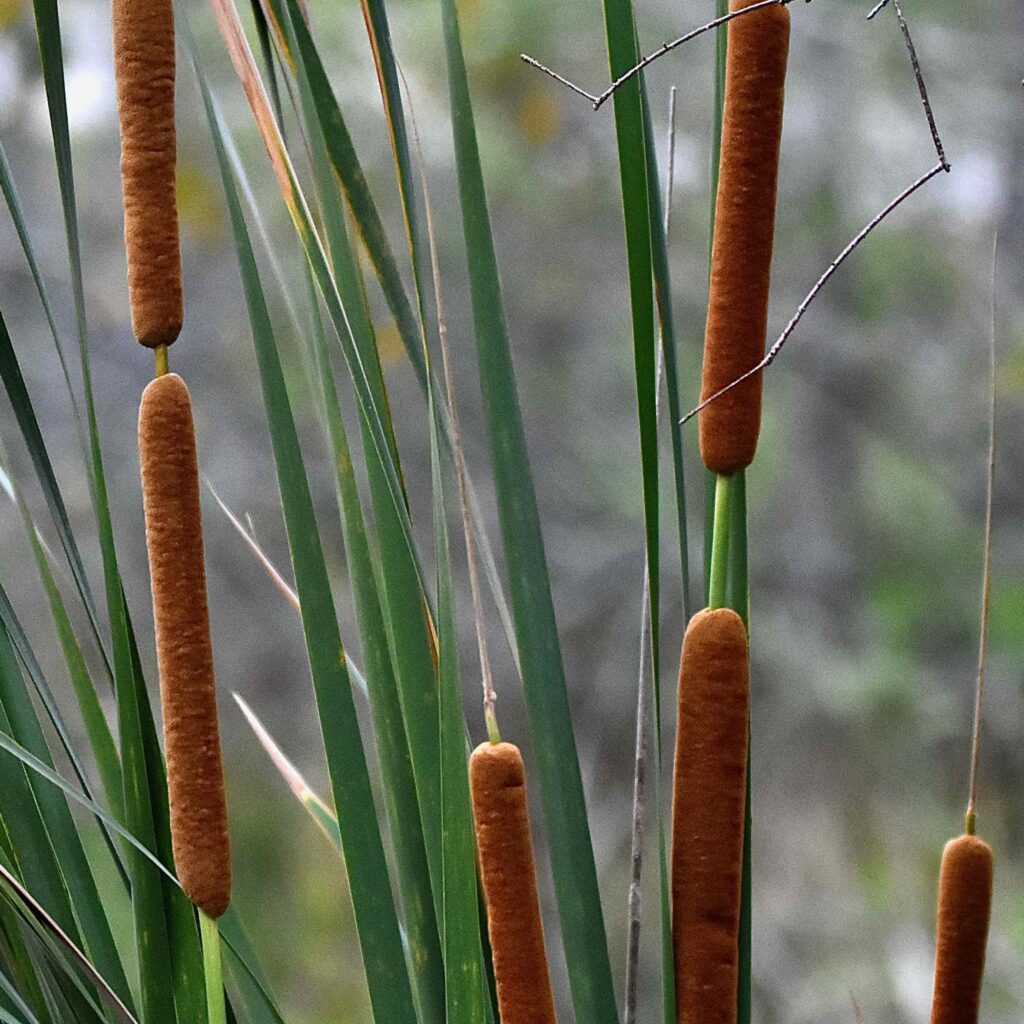
3. Southern Cattail (Typha domingensis)
Southern Cattail is native to warmer regions, particularly the southeastern United States, Central America, and parts of South America. It closely resembles Common Cattail but with narrower leaves and more slender, velvety brown flower spikes. Southern Cattail can reach heights of 8-10 feet and prefers shallow, standing water. It’s a fantastic option for creating privacy screens or adding height to water garden borders. Its fast growth and adaptability to various water depths make it a reliable and attractive choice for both ornamental and ecological projects.
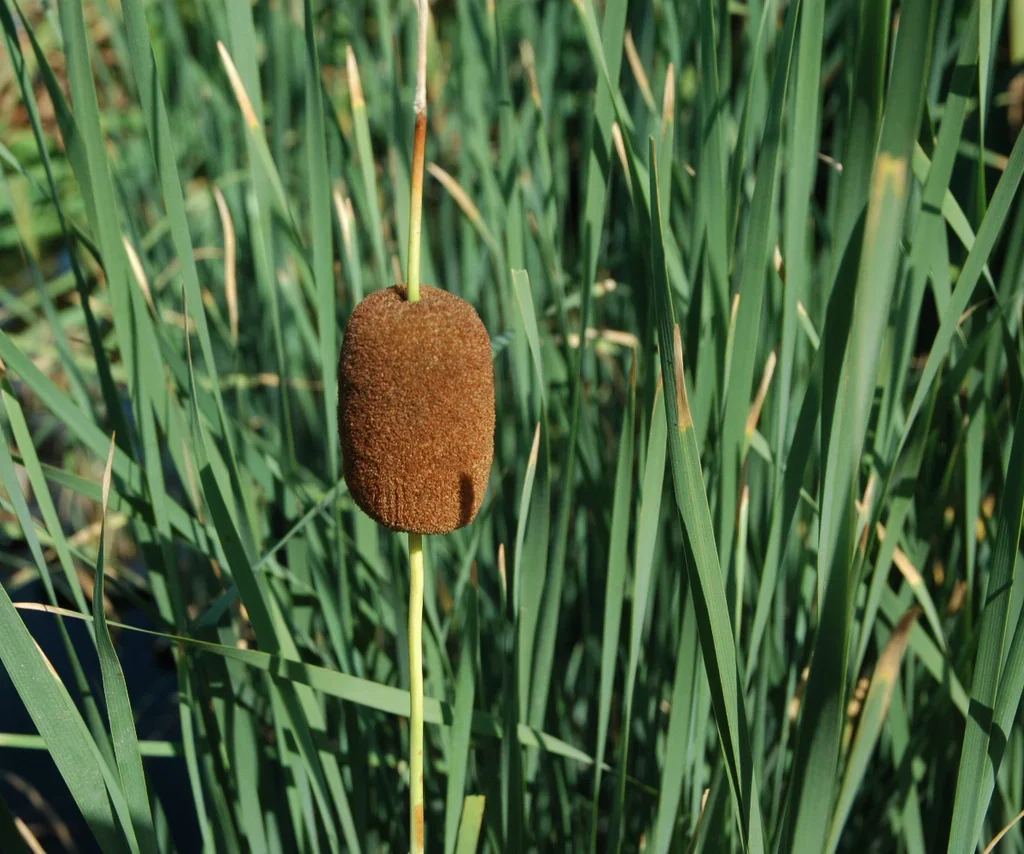
4. Graceful Cattail (Typha gracilis)
For those seeking a more refined, ornamental touch, Graceful Cattail lives up to its name. This compact species typically grows to about 4-5 feet tall and features slim, arching leaves paired with narrow flower spikes. It’s perfect for small ponds, container water gardens, and decorative wetland features where space is limited. Graceful Cattail’s fine texture and upright growth habit create a light, airy effect while still providing shelter for small birds and insects. Its minimal maintenance requirements make it a favorite for beginner water gardeners.
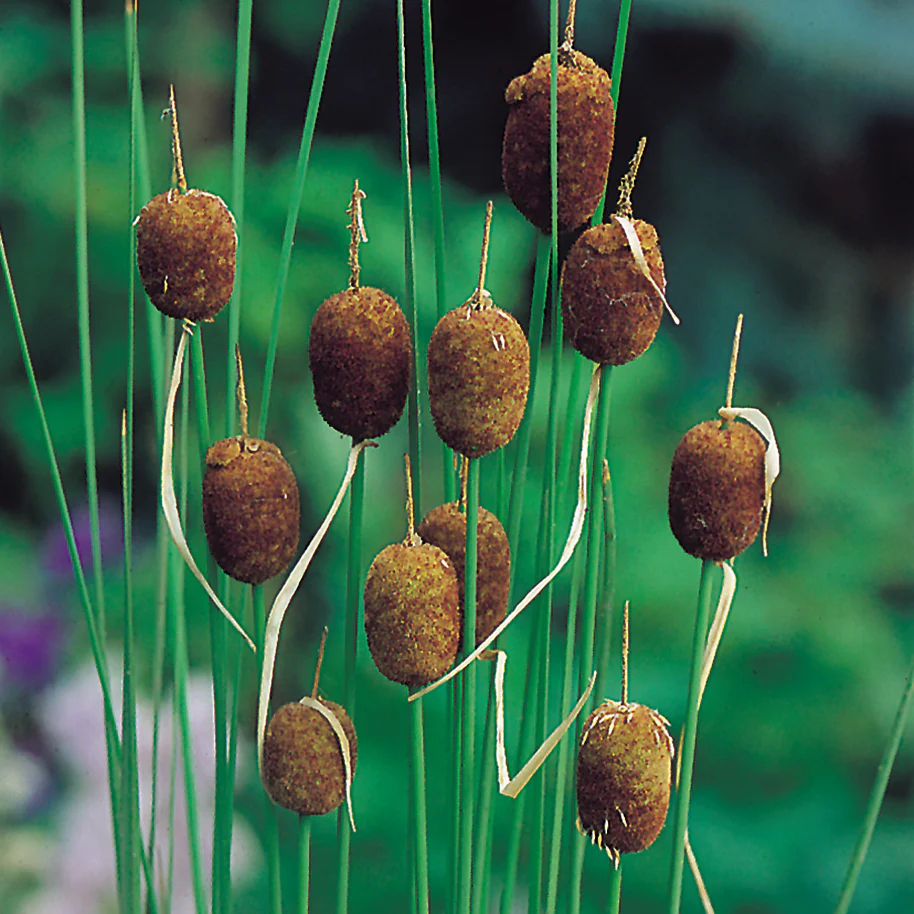
5. Dwarf Cattail (Typha minima)
The Dwarf Cattail is the smallest member of the cattail family, rarely growing taller than 2-3 feet. Its miniature stature and delicate brown flower spikes make it perfect for container water gardens, small ponds, or as a charming accent in larger aquatic settings. Despite its size, it offers the same benefits as its larger cousins — water filtration, erosion control, and habitat for aquatic life. Dwarf Cattail prefers shallow water or muddy margins and thrives in sunny to partially shaded spots. It’s a fantastic choice for adding vertical interest to compact wetland gardens.

6. Hybrid Cattail (Typha × glauca)
A naturally occurring hybrid between Common and Narrowleaf Cattails, Typha × glauca combines the best of both species. It features moderately wide leaves and thick flower spikes, reaching heights of 6-9 feet. Hybrid Cattail is exceptionally vigorous, often outcompeting other wetland plants, making it excellent for stabilizing pond edges and controlling erosion. It thrives in a range of wetland environments, from shallow marshes to deeper pond margins. While it may spread aggressively, it’s valued for its adaptability, strong water-filtering capabilities, and bold presence in aquatic landscapes.
Conclusion
Cattail plants are a brilliant way to bring natural elegance, functionality, and ecological balance to your water or wetland garden. From the towering Common Cattail to the delicate Dwarf variety, each of these six species offers unique benefits for different garden styles and spaces. Whether you’re aiming to attract wildlife, filter pond water, or simply enhance your landscape with lush, vertical greenery, cattails deliver both beauty and purpose. Plant a few along your water’s edge, and watch your wetland oasis come to life.
